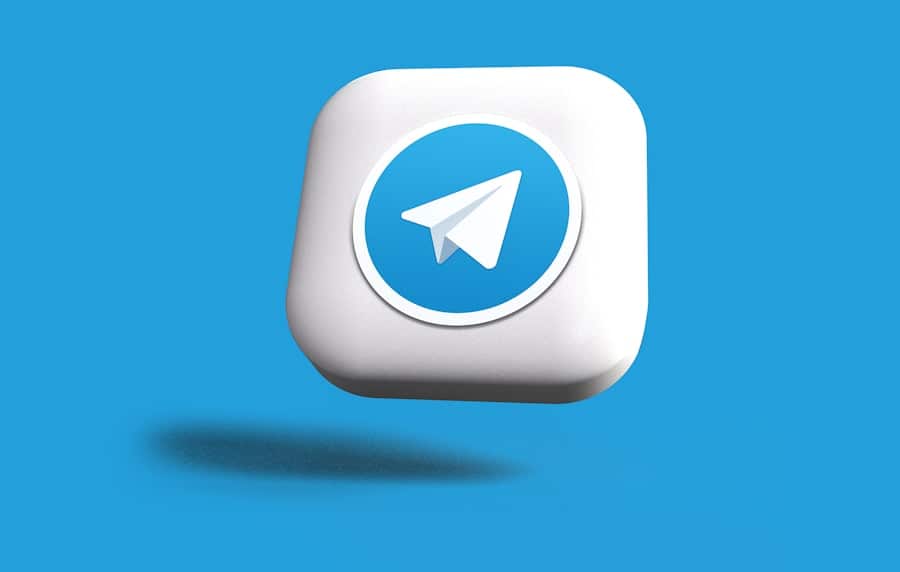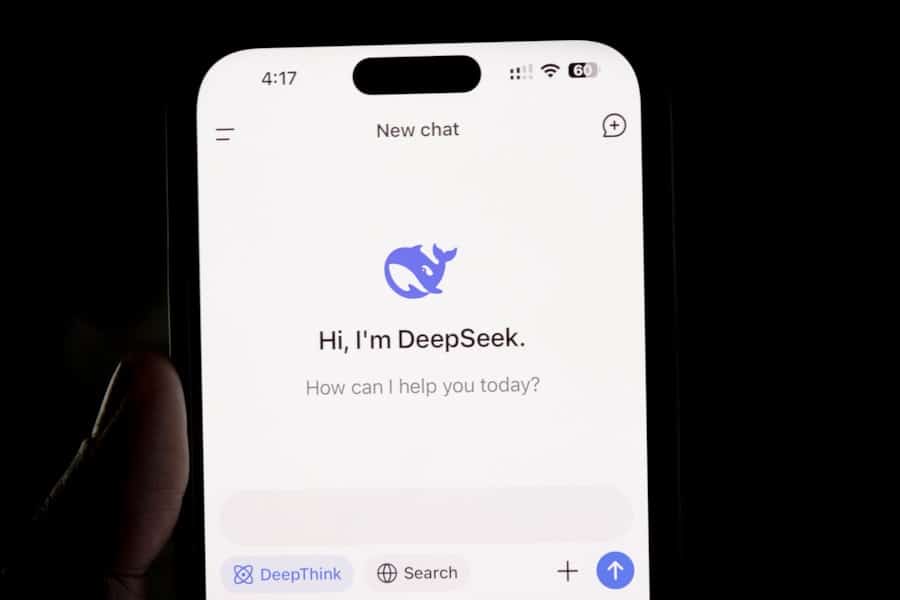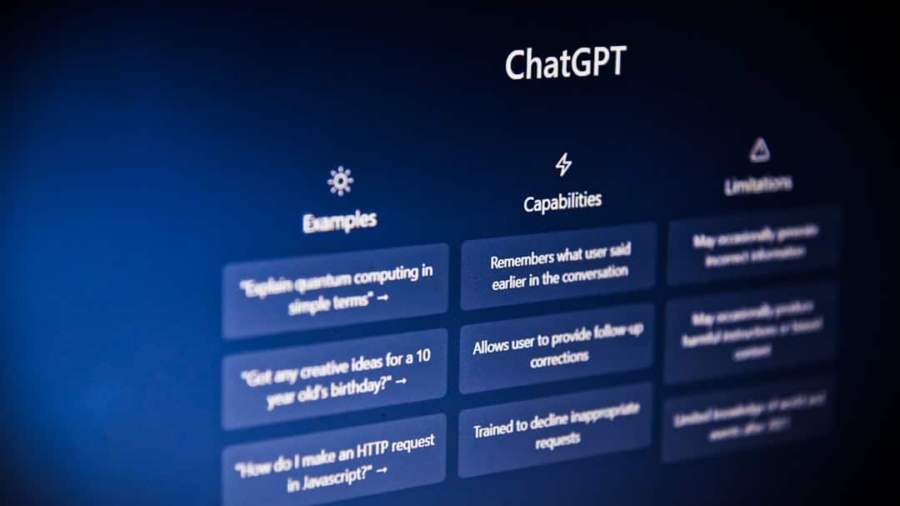In the rapidly evolving landscape of digital communication, businesses are increasingly turning to chatbots as a means of enhancing customer engagement and streamlining operations. Among the various platforms available, SmartSender stands out as a robust solution for creating and managing chatbots, particularly for WhatsApp. This platform allows businesses to leverage the immense popularity of WhatsApp, which boasts over two billion users globally, to connect with customers in real-time.
By integrating SmartSender with WhatsApp, companies can automate responses, provide instant support, and deliver personalized experiences that cater to individual customer needs. WhatsApp chatbots powered by SmartSender can handle a multitude of tasks, from answering frequently asked questions to facilitating transactions and booking appointments. The ability to communicate through a platform that users are already familiar with significantly enhances the likelihood of engagement.
Moreover, the conversational nature of chatbots allows for a more human-like interaction, which can lead to increased customer satisfaction. As businesses seek to optimize their customer service strategies, understanding how to effectively set up and utilize SmartSender for WhatsApp chatbots becomes essential.
Key Takeaways
- SmartSender offers a platform for creating WhatsApp chatbots to automate customer interactions.
- Setting up a SmartSender account is easy and requires basic information and verification.
- Design and customize your chatbot using SmartSender’s intuitive interface and templates.
- Integrate your chatbot with WhatsApp to start engaging with your audience on the platform.
- Create and manage chatbot responses to ensure a seamless and personalized experience for users.
Setting Up Your SmartSender Account
To begin utilizing SmartSender for your WhatsApp chatbot, the first step is to create an account on the SmartSender platform. This process is straightforward and user-friendly, designed to accommodate users with varying levels of technical expertise. After visiting the SmartSender website, you will be prompted to sign up by providing essential information such as your email address and creating a secure password.
Once your account is created, you will receive a confirmation email that allows you to verify your account and gain access to the SmartSender dashboard. Upon logging into your new account, you will be greeted by an intuitive interface that guides you through the various features available. It is advisable to familiarize yourself with the dashboard layout, as it provides access to tools for chatbot creation, analytics, and integration settings.
Additionally, SmartSender offers a range of tutorials and resources that can help you navigate the platform effectively. By taking the time to explore these resources, you can ensure that you are well-equipped to maximize the potential of your WhatsApp chatbot.
Designing and Customizing Your Chatbot

Once your SmartSender account is set up, the next step involves designing and customizing your chatbot to align with your brand identity and meet customer expectations. The design phase is crucial as it determines how users will interact with your chatbot. SmartSender provides a variety of templates and customization options that allow you to create a visually appealing and functional chatbot interface.
You can choose from different themes, colors, and fonts that reflect your brand’s personality while ensuring that the chatbot remains user-friendly. Customization goes beyond aesthetics; it also encompasses the chatbot’s personality and tone of voice. Depending on your target audience, you may want your chatbot to adopt a formal tone or a more casual, friendly approach.
SmartSender allows you to define these parameters, enabling your chatbot to engage users in a manner that resonates with them. Additionally, incorporating elements such as quick reply buttons and interactive media can enhance user experience by making interactions more dynamic and engaging.
Integrating Your Chatbot with WhatsApp
Integrating your SmartSender chatbot with WhatsApp is a pivotal step in making your chatbot accessible to users on one of the most widely used messaging platforms in the world.
To do this, you will need to provide your WhatsApp Business number during the setup process.
This number will serve as the primary point of contact for users interacting with your chatbot. Once linked, it is essential to configure settings that dictate how your chatbot will operate within WhatsApp. This includes setting up automated greetings, defining response times, and establishing fallback options for when the chatbot cannot provide an answer.
SmartSender’s integration capabilities ensure that messages sent through WhatsApp are seamlessly routed through your chatbot, allowing for real-time communication with customers. This integration not only enhances customer service but also provides businesses with valuable insights into user interactions through analytics tools.
Creating and Managing Chatbot Responses
The effectiveness of a chatbot largely hinges on its ability to provide relevant and timely responses to user inquiries. With SmartSender, creating and managing these responses is a streamlined process. The platform allows you to develop a comprehensive library of responses that can be categorized based on common queries or specific topics related to your business.
This categorization helps ensure that users receive accurate information quickly. In addition to static responses, SmartSender supports dynamic content generation based on user inputs. For instance, if a user asks about product availability, the chatbot can pull real-time data from your inventory system to provide an accurate answer.
This capability not only improves user satisfaction but also reduces the workload on human agents by automating routine inquiries. Regularly updating and refining your response library based on user interactions can further enhance the effectiveness of your chatbot.
Testing and Launching Your Chatbot

Before launching your WhatsApp chatbot into the wild, it is crucial to conduct thorough testing to ensure that it functions as intended. SmartSender provides testing tools that allow you to simulate user interactions with your chatbot in a controlled environment. During this testing phase, you should evaluate various scenarios, including common questions, unexpected inputs, and edge cases that may arise during real-world usage.
Feedback from team members or beta testers can be invaluable during this stage. They can provide insights into areas where the chatbot may fall short or suggest improvements that could enhance user experience. Once testing is complete and any necessary adjustments have been made, you can confidently launch your chatbot on WhatsApp.
Announcing its availability through your marketing channels can help generate interest and encourage users to engage with this new tool.
Analyzing Chatbot Performance and Making Improvements
After launching your WhatsApp chatbot, ongoing analysis of its performance is essential for ensuring its continued effectiveness. SmartSender offers robust analytics tools that track various metrics such as user engagement rates, response times, and common queries received by the chatbot. By regularly reviewing these metrics, businesses can identify trends and areas for improvement.
For example, if analytics reveal that users frequently ask questions that the chatbot struggles to answer effectively, this may indicate a need for additional training or updates to the response library. Similarly, monitoring user satisfaction ratings can provide insights into how well the chatbot meets customer expectations. By adopting a proactive approach to performance analysis and making data-driven improvements, businesses can enhance their chatbot’s capabilities over time.
Best Practices for Maintaining and Updating Your WhatsApp Chatbot
Maintaining an effective WhatsApp chatbot requires ongoing attention and regular updates to ensure it remains relevant and useful for users. One best practice is to establish a routine schedule for reviewing and updating the response library based on changing customer needs or new product offerings. This ensures that users always receive accurate information when interacting with the chatbot.
Additionally, soliciting feedback from users can provide valuable insights into their experiences with the chatbot.
Furthermore, staying informed about advancements in AI technology and chatbot capabilities can help businesses leverage new features that enhance their chatbots’ performance.
In conclusion, utilizing SmartSender for creating a WhatsApp chatbot presents an opportunity for businesses to improve customer engagement significantly. By following best practices in setup, design, integration, response management, testing, performance analysis, and maintenance, companies can create a powerful tool that not only meets but exceeds customer expectations in today’s fast-paced digital environment.
If you’re interested in expanding your digital communication tools beyond building a chatbot for WhatsApp using SmartSender, you might also want to explore the best software options for creating engaging presentations. A well-crafted presentation can complement your chatbot by providing visual aids and detailed explanations of your services or products. For more insights, check out this article on the best software for presentation in 2023. This resource will guide you through the top choices available, helping you to enhance your overall communication strategy.
FAQs
What is SmartSender?
SmartSender is a marketing automation platform that allows businesses to create and manage chatbots for various messaging apps, including WhatsApp.
What is a chatbot for WhatsApp?
A chatbot for WhatsApp is a software program that can interact with users on the messaging platform, providing automated responses to their queries and performing tasks based on predefined rules and AI algorithms.
How can SmartSender help in building a chatbot for WhatsApp?
SmartSender provides a user-friendly interface and tools for creating and customizing chatbots for WhatsApp. It offers features such as message templates, AI-based responses, and analytics to optimize the chatbot’s performance.
What are the benefits of using SmartSender for building a chatbot for WhatsApp?
Using SmartSender for building a chatbot for WhatsApp can help businesses automate customer interactions, provide 24/7 support, send personalized messages, and gather valuable data for marketing and customer service purposes.
Is it easy to integrate a chatbot built with SmartSender into WhatsApp?
Yes, SmartSender offers seamless integration with WhatsApp, allowing businesses to deploy their chatbots on the platform without any technical complexities.
Can SmartSender chatbots for WhatsApp be used for marketing purposes?
Yes, SmartSender chatbots for WhatsApp can be used for marketing purposes, such as sending promotional messages, conducting surveys, and engaging with customers to drive sales and brand awareness.

